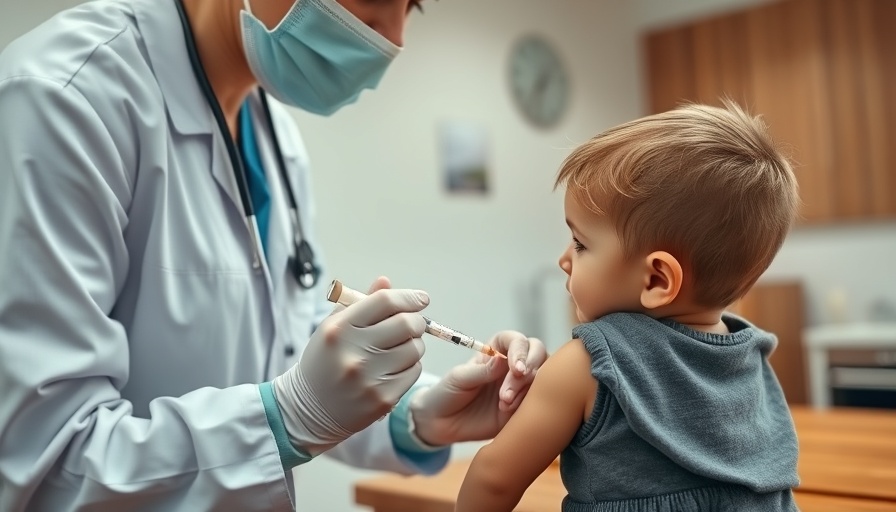
Understanding the Slowdown in Childhood Vaccination Coverage
Recent findings indicate a serious slowdown in childhood vaccination coverage around the world, a trend that has been intensifying even before the Covid-19 pandemic struck. Published in The Lancet, this study analyzed vaccination rates from 1980 to 2023 across 204 countries. The results are concerning: not only have rates stagnated since 2010, but vaccine hesitancy and misinformation are diluting public trust in immunization.
The Impact of Vaccine Hesitancy
Vaccine hesitancy is now a formidable challenge globally. Parents are increasingly worried about the safety and efficacy of vaccines, a sentiment which has contributed to the resurgence of diseases like measles. In fact, this year could see the highest number of measles cases in over thirty years in the U.S. alone. A recent study underscored that America might lose its measles elimination status if current vaccination levels don’t improve.
COVID-19: A Catalyst for Change
The study's authors point out that the Covid-19 pandemic amplified existing challenges in vaccination coverage. With many healthcare resources diverted to combat the virus, routine immunizations have often fallen by the wayside. Experts like Jonathan Mosser from the University of Washington emphasize the need for urgent action to reverse this trend, stating significant acceleration is required to meet global health targets for 2030.
What Can Be Done?
Addressing vaccine hesitancy and misinformation should become a priority. Health authorities and communities can spread awareness through engaging campaigns and transparent communication about vaccine safety. Educating parents and caregivers, coupled with accessibility to vaccines, could help increase coverage rates. In achieving these goals, the world can regain its momentum towards comprehensive child immunization.
Final Thoughts on Vaccination Trends
The success we've seen since 1980 in improving vaccination coverage should not be underestimated; global coverage has doubled for key vaccines. However, this progress now hangs in the balance, with a collective need for renewed focus on immunization practices and a concerted effort to restore public trust in vaccines. Together, we must work to ensure every child receives their vital vaccinations.
 Add Row
Add Row  Add
Add 




Write A Comment